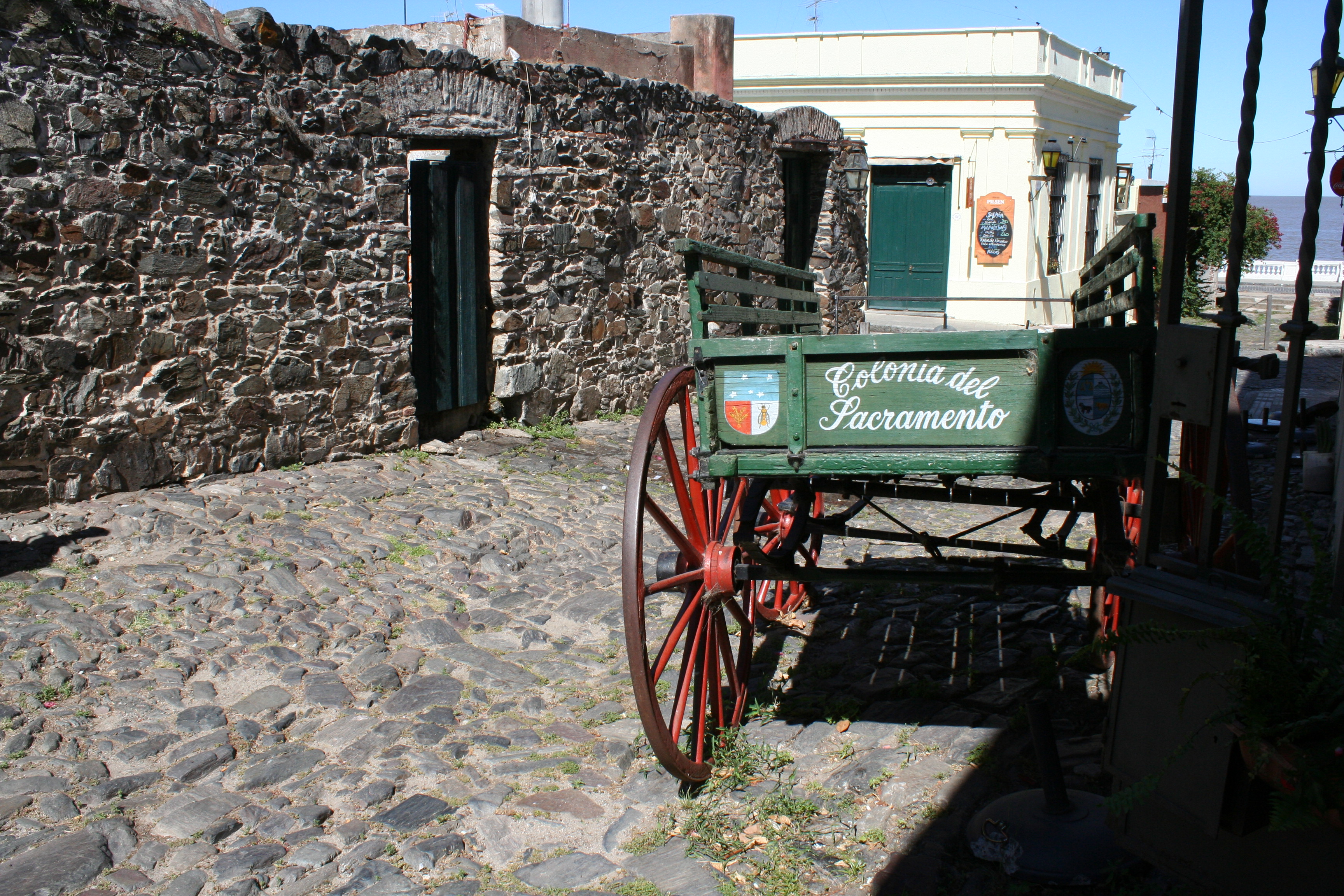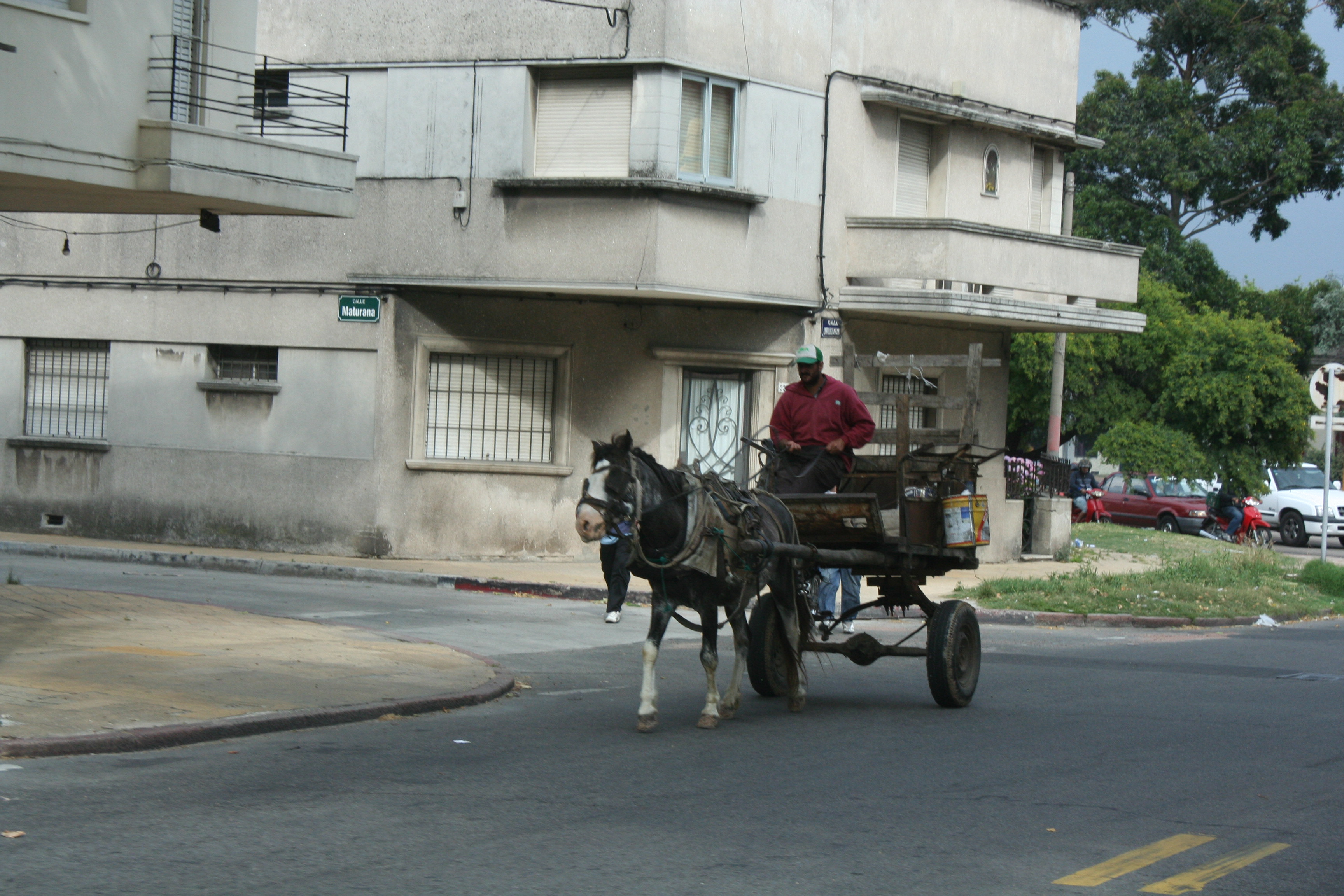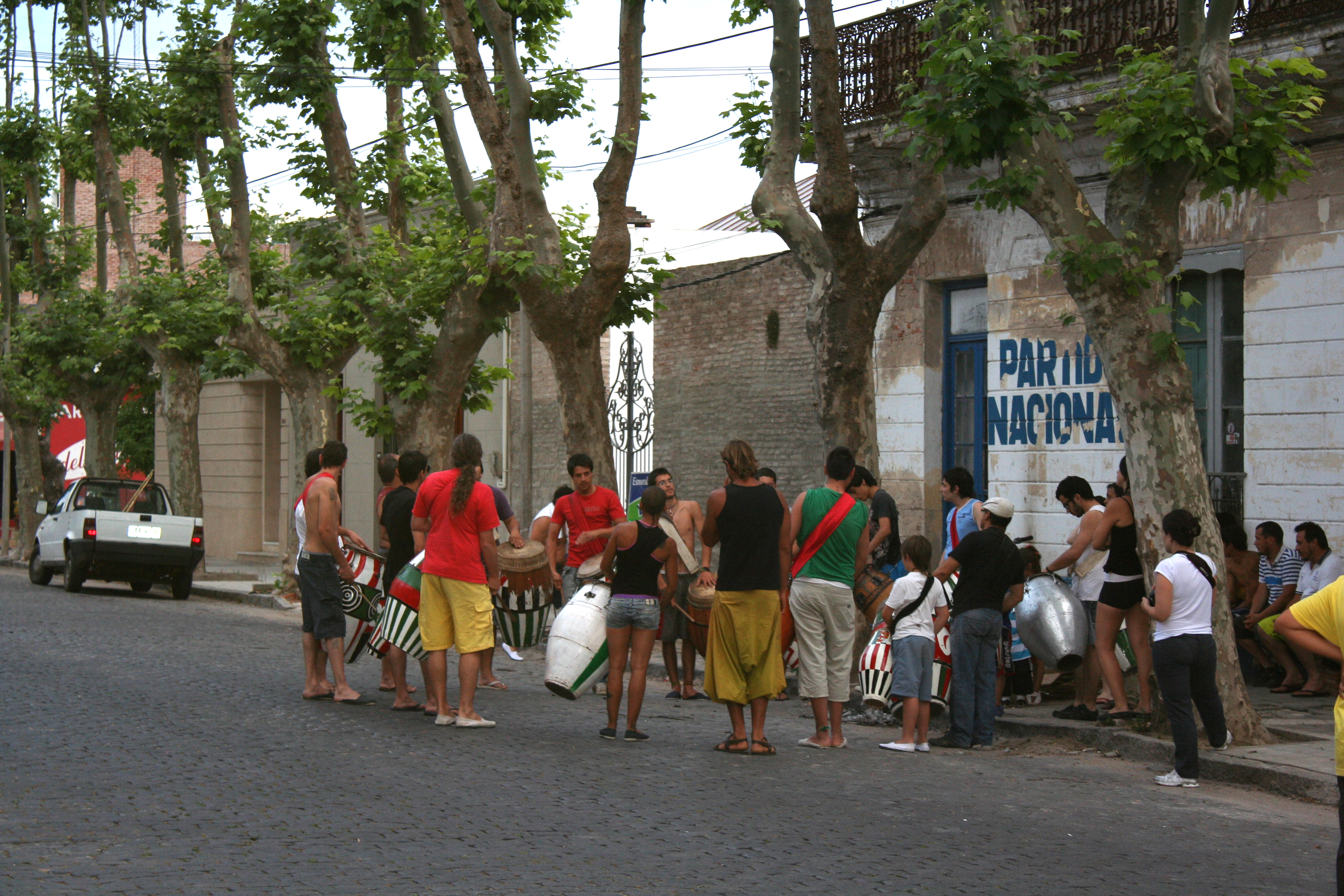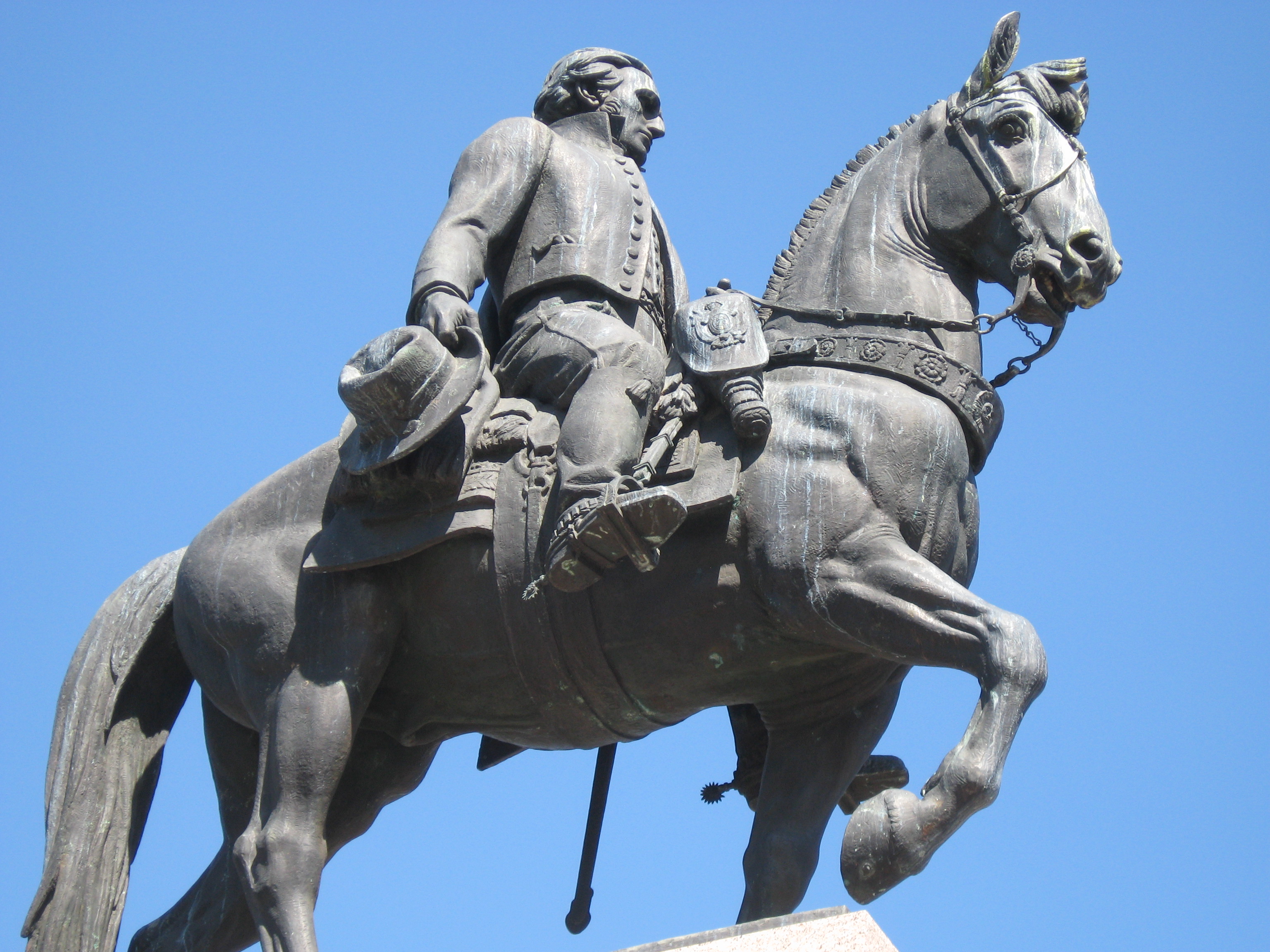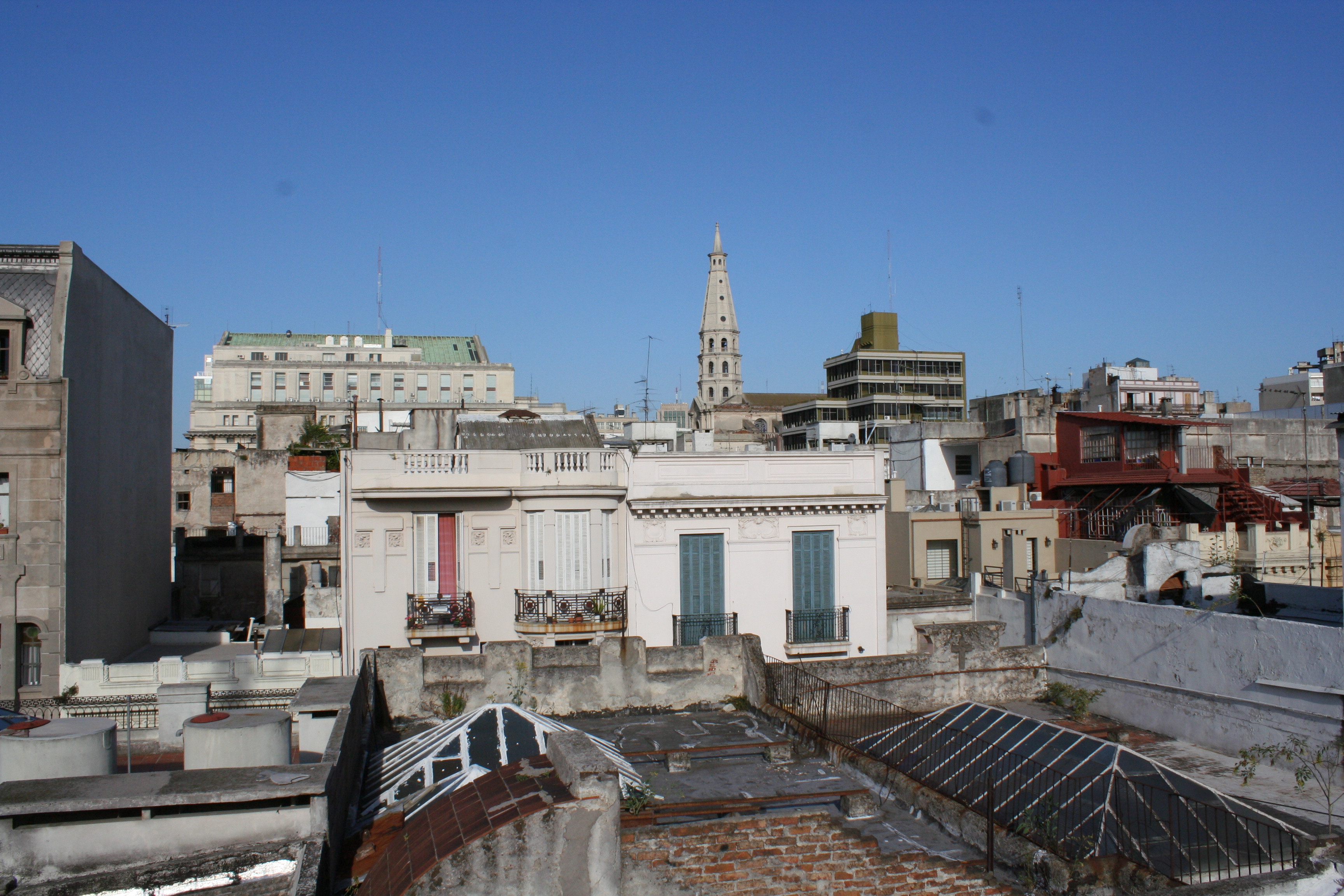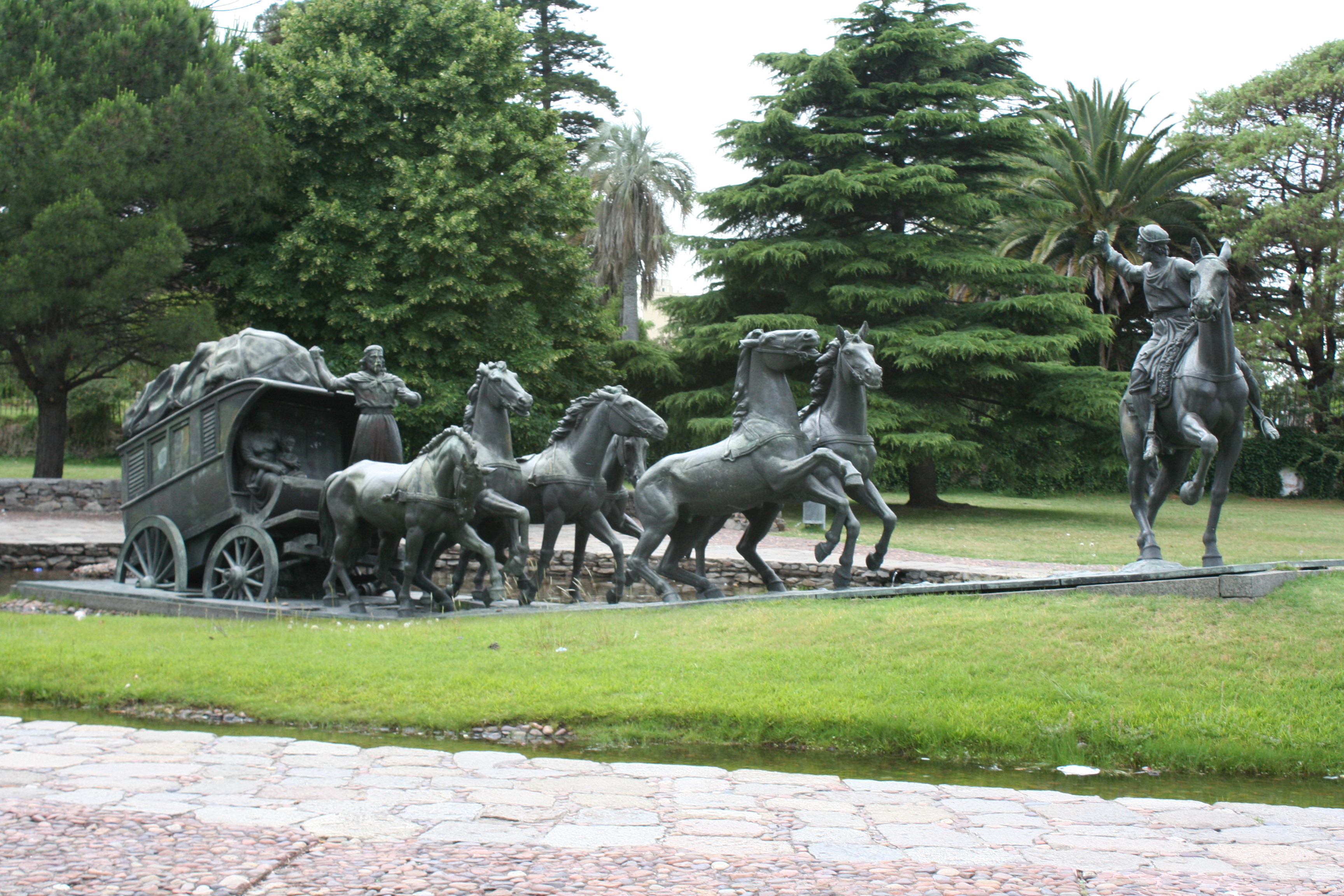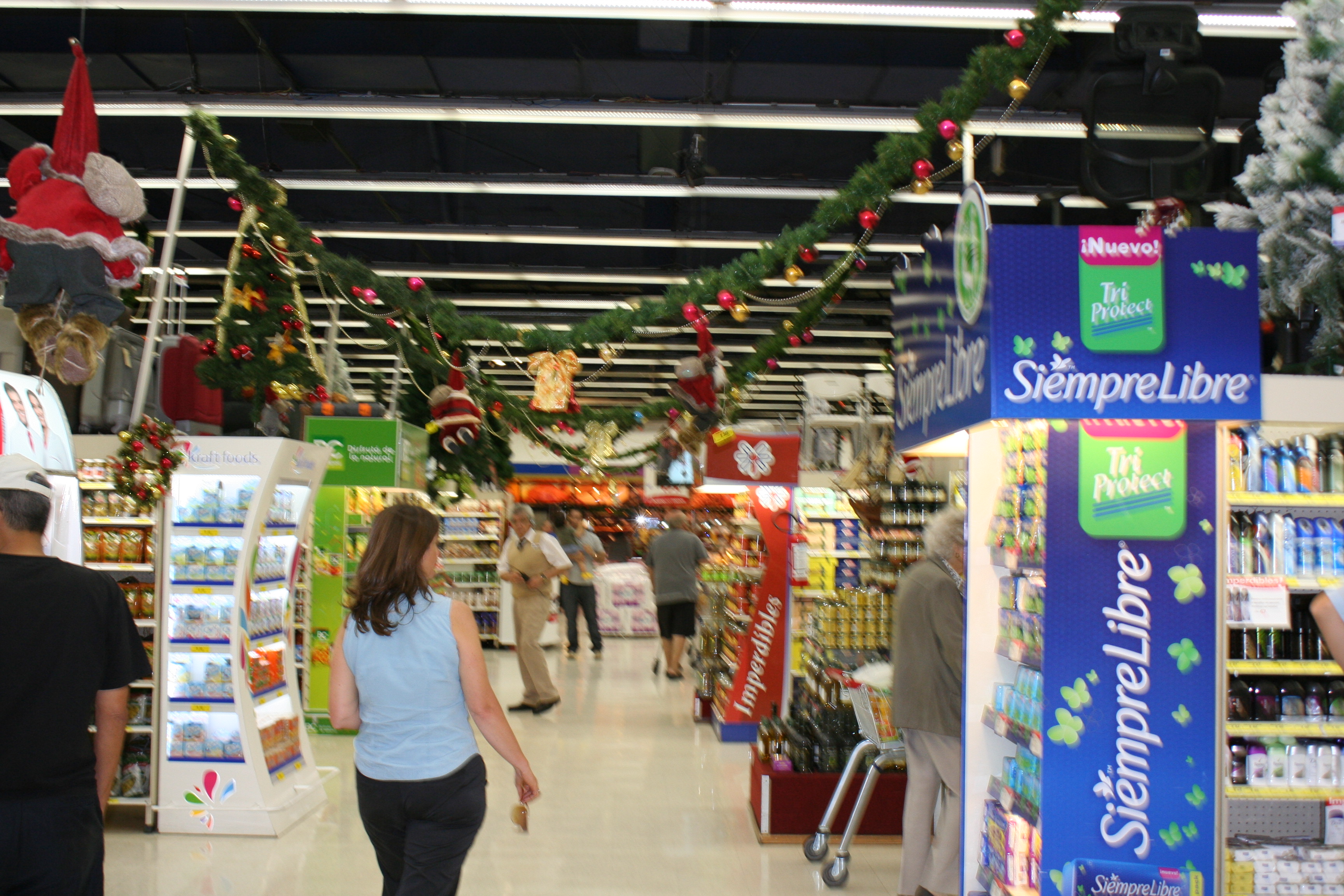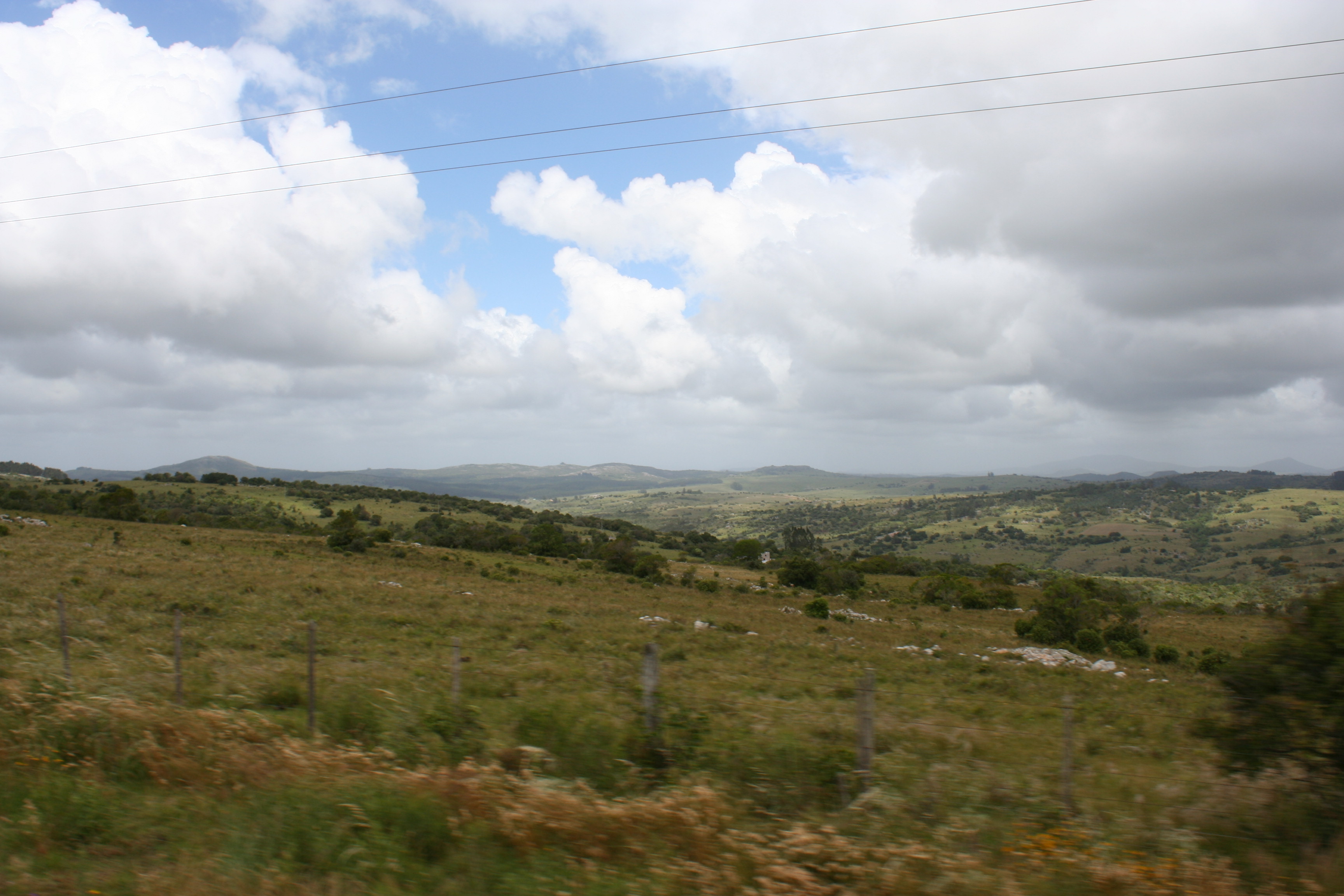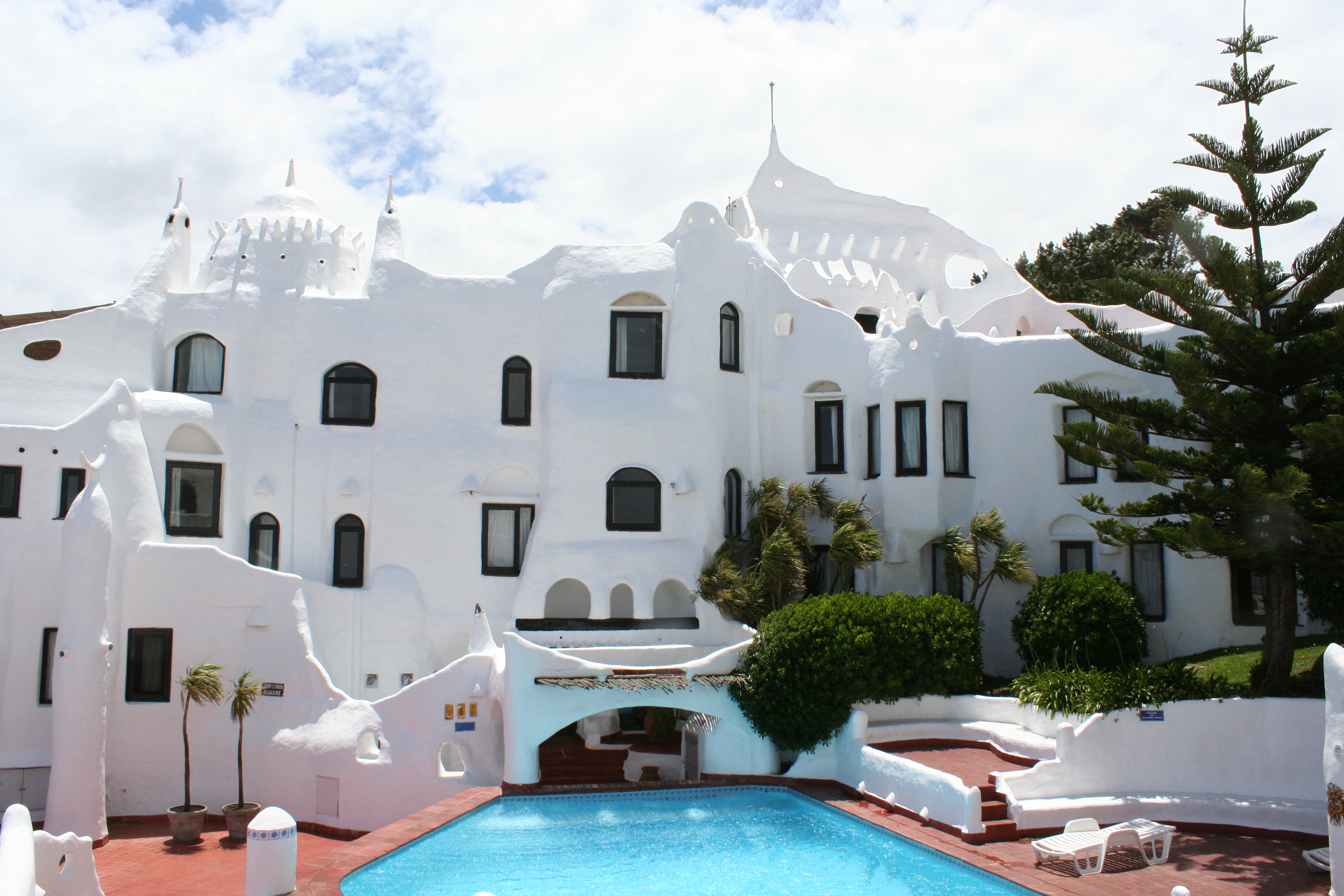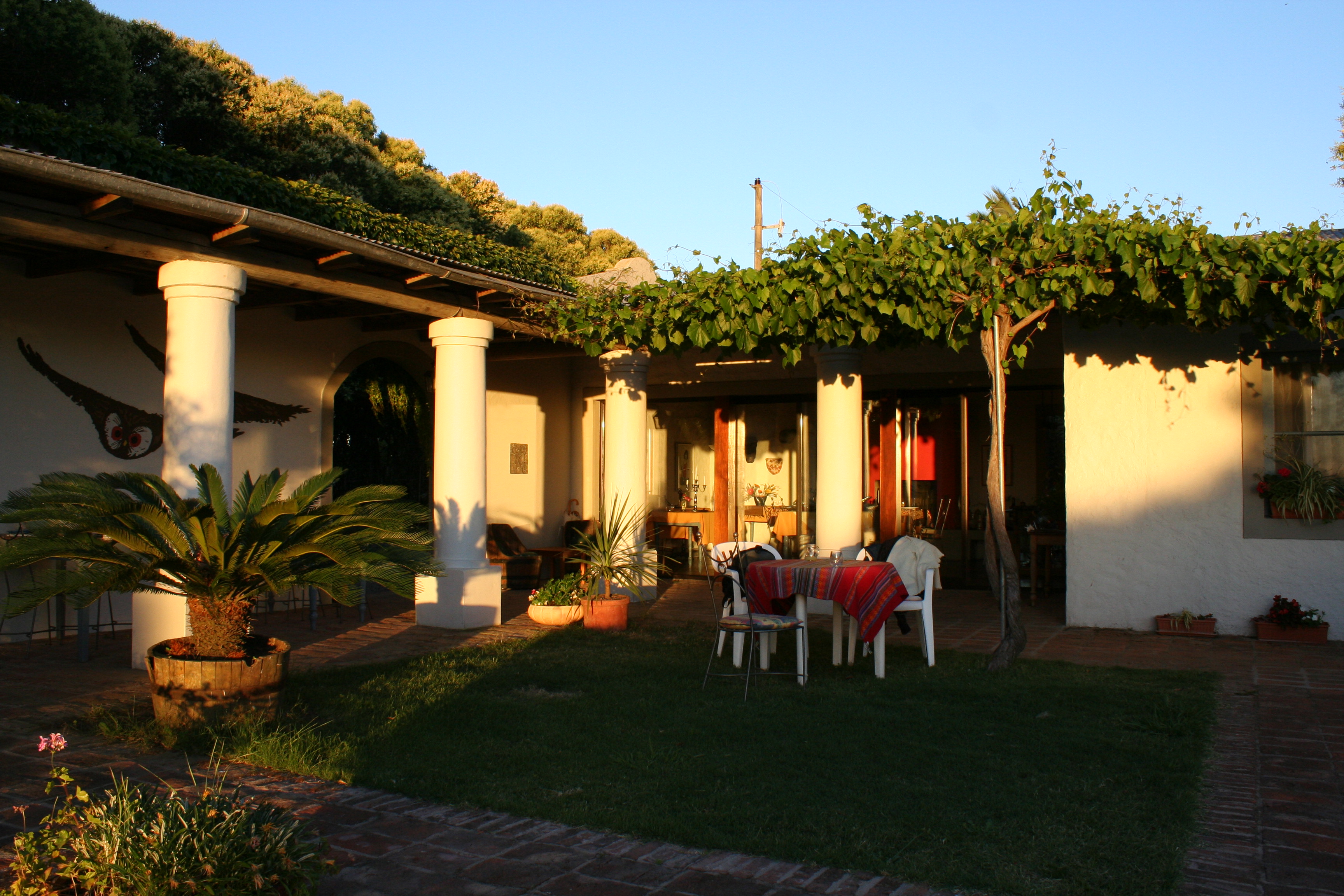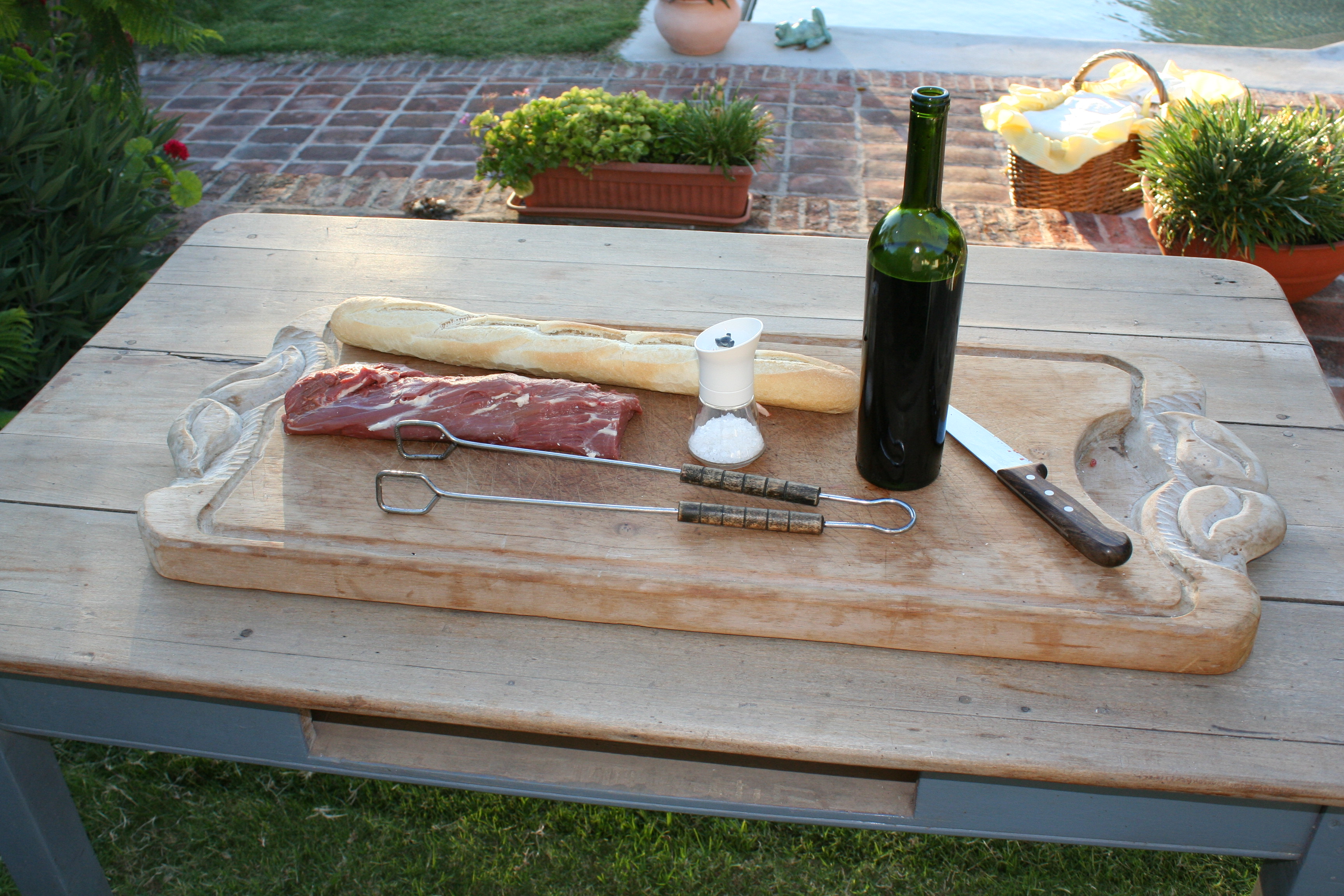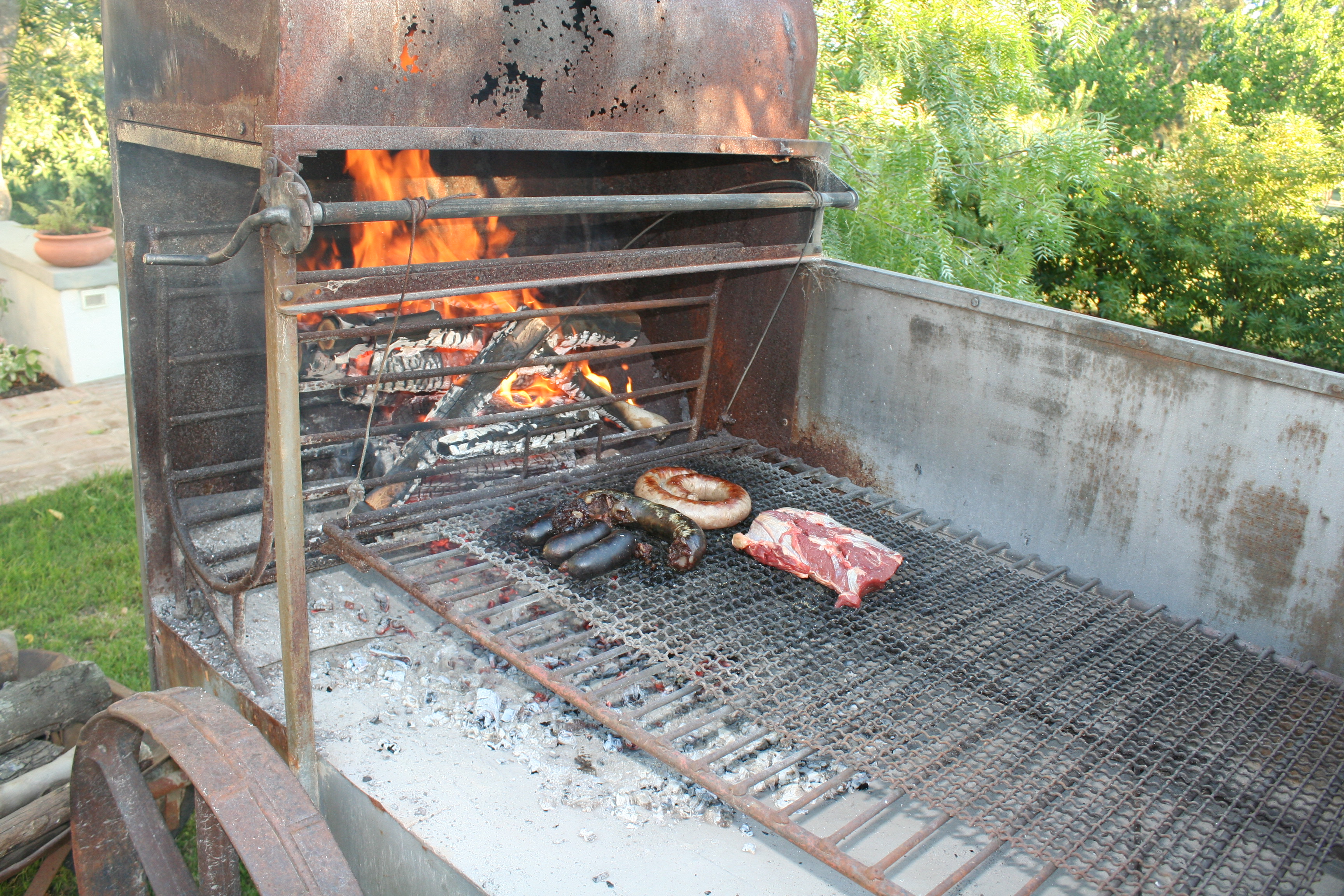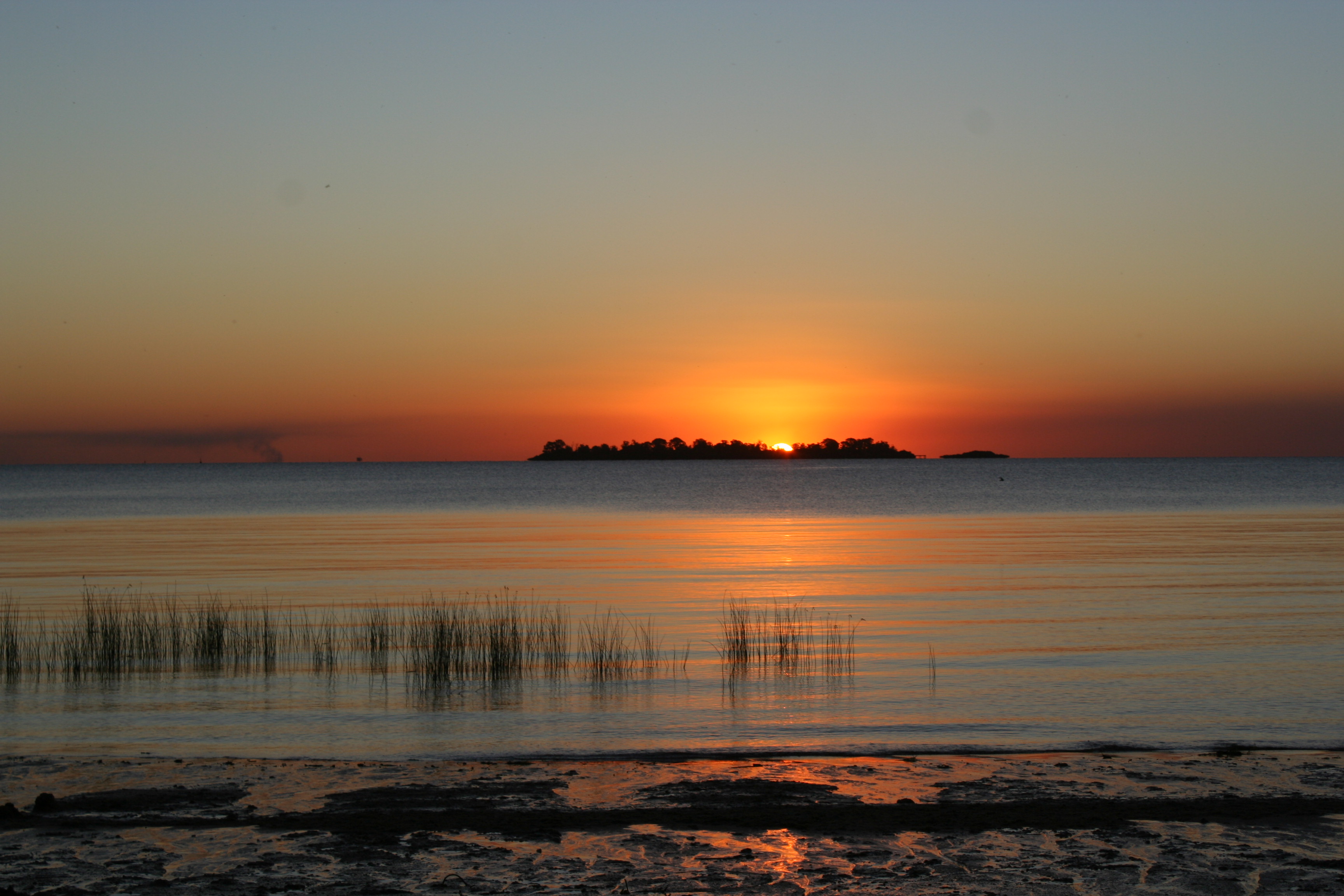Destination Uruguay!
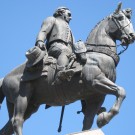
The Aughey explorers were off once again. This time to a land far, far away…Uruguay! When we initially told friends that we were going on vacation to Uruguay, the common response was, “Uruguay? Really? Why Uruguay?” The answer is simple, because our dear friends Edi and Richard packed up and moved from Oak Ridge, Tennessee to Colonia del Sacramento, Uruguay earlier in the year.
Uruguay is a small, conservative country with no prescribed religion. The population is just over 3.4 million or roughly that of Los Angeles. It is an agrarian society with over 12 million cows. 11 % of the population live in the countryside and the remainder live in the coastal areas. Its people are kind, gentle and friendly. They comprise mainly of immigrants or expatriates. Of its population, 60% are of Spanish descent, 30% Italian, 4% African and 6% other.
After a 3 hour drive from Sarasota to Miami International, a 9 hour flight from Miami to Santiago (Chile), a 3 hour flight from Santiago to Montevideo (Uruguay’s capitol), and a 3 hour drive from Montevideo to Colonia we arrived! It was a long journey but very much worth it!
Colonia del Sacramento is a small town that borders the Rio de la Plata or the river that separates Uruguay from Argentina. It was founded by the Portuguese in 1680 and was of strategic importance in resisting the Spanish. A century later it was ultimately lost and taken by the Spanish crown.
On a clear day one can stand on the shore of the river in Colonia and see Buenos Aires 35 miles across! The river is the lifeblood of many of the coastal and inland communities, including Colonia.
Upon our arrival we took a much needed “siesta”, knowing full well our days there would be packed with activities! The following day our friend Edi drove us around so we could explore Colonia.
The national language is Spanish and nothing happens quickly there. So we leisurely explored neighborhoods and learned that they are quite different than those in the U.S. Very modest homes may reside directly next to very expensive homes. Businesses may be situated very close by and some roads may be paved and others not. Some folks drive cars, others ride motorbikes and others use horse-drawn carts!
We were shown the “Plaza de toro Real de San Carlos” or the bull ring. Built to host bull fights like those in Spain, it is now a favorite stop for tourists. The bull ring was built in 1910 and hosted only 8 bull fights before the Uruguay government shut it down in 1912. It is now a run down derelict building with no purpose but continues to hint at its moorish-style grandeur of days past.
Later that evening we ventured into the “old city” of Colonia, also known as its historic quarter or the “barrio historico.” We walked down cobblestone roads admiring the 17th century Portuguese-style architecture. The winding streets and colorful houses are laid out in a pattern not reminiscent of Spanish colonial cities. In 1995 this area was named a UNESCO world heritage site…an impressive designation and one the locals are proud of.
As we walked down a side street we noticed a group gathered in the street. As we approached we realized it was a drum circle! The music was enchanting and locals were dancing in the street. It was clear to see all were having a truly fun time just as we were!
The next morning we packed a small overnight bag and headed out to explore other areas of the country, including the Capitol city of Montevideo. We stopped in little towns such as Santa Ana, La Paz and Rosario along the way. Each has its own unique feel to it and all have a statue of General Artigas in its town square. General Artigas is Uruguay’s national hero much like General Washington is to the U.S.
Several hours later we arrived in the Capitol city of Montevideo. It is similar to a large city in the U.S. with tall buildings, congested streets and urban lifestyles. We visited a local three-story shopping mall, built in 1985 and the first one in Uruguay. (Prior to this there were only small storefronts.) It was clearly similar to those in the U.S. with some stores being the same as those in the states. The only difference was that all the signage was in Spanish. The national currency is the Peso and the exchange rate was fairly simple to calculate. Some things were lower priced there and others more expensive. For example clothing is very affordable, but electronics not so much. It was nearing 7PM and we were hungry for dinner. Unfortunately for us “Gringos” the dinner hour started at 8PM in Uruguay so none of the local restaurants were serving dinner…so we ate in the food court of the mall. No problemo! Fed and happy we wandered back to our little hotel (the Don Hotel) near the Port of Montevideo and checked in for a good nights sleep!
We awoke rested and ready to meet our guide and driver who were hired to give us a tour of the city and outlying areas of Uruguay. Our guide, Christina, came recommended by a local translator friend of our transplanted friends. Christina was a pleasure to meet and was the ultimate professional. She introduced us to our driver, Sergio, who didn’t speak much English so she translated for us and him!
She told us that “Montevideo” means the 6th hill from the East (Punta del Este) to the West (Colonia). She showed us the old munitions bunker near the Port and informed us that the Spaniards arrived in the late 1600’s looking for gold and silver but only found land and livestock. Therefore they nicknamed Montevideo “the land with no profit.” In 1825 Uruguay declared its independence from Brazil and in 1830 its first constitution was celebrated where “no slave will be born.” In 1982 Uruguay became a democratic country from its former militaristic dictatorship.
We toured several parks and local gathering spots. In the parks there were large life-size bronze statues representing significant historic events. One was dedicated to the last four remaining natives of the Charruas tribe. In the mid 1800’s farmers started fencing their lands and severing the natives from their hunting grounds. The farmers complained to the government and falsely accused the Charruas of stealing their livestock. The government gathered them, took them to an obscure place and shot them. Only 4 survived and so there is no native population. Another of the monuments was that of a carriage being pulled by horses made by Jose Bellini. The carriage was carrying people and mail and the wheels are being pulled out of the mud by the strength of the horses depicting the strength of the people.
We visited several art museums. We also visited the Parliament building where the Senate and the Representatives (called Deputies) meet in sessions. There are 30 Senators and 99 Deputies. The building was truly spectacular and built by the Masonic order. Made of all marble and granite, it represented all 58 kinds from local quarries. The lamps and stained glass were imported from Milan, Italy. The mosaics on each end of the ceiling represented the Sciences and the Arts. In the middle of the chamber there were two armed soldiers standing guard over the country’s original declaration of independence. Not far from the building is a tall Obelisk constructed in 1930 to honor the writers of the country’s declaration of independence. The monument represents strength, liberty and law. Our guide obtained special permission for us to enter the Parliament building. After a full day of exploring we were dropped off at our hotel and told to be ready early the next morning for more adventure!
Morning came quickly and we were off again. As we headed out of the city we stopped by a local grocery store to get an idea of where the locals shop for food. Art was taking photos inside the store when a security person approached him and admonished him for taking photos. Oops! We blamed it on being Gringos and that seemed to suffice.
After a few hours of driving through the countryside we arrived in a little inland town called Minas. It was quaint and welcoming. We entered a small local bakery where there were many delectable pastries tempting us! As we were looking around our guide told us to follow her down a flight of stairs. We descended into what appeared to be an old wine cellar that had been decorated to resemble a scene out of the Bible, the last supper! The table had place settings for each of the 12 Disciples. There were antiques all around the room and one could see this was truly a place of importance to its owners.
We purchased some pastries and were back on the road toward a surprise location. As we drove we noticed beautiful rolling valleys of fields planted with olive trees, grapes for wine production, maize for livestock, wheat, etc. This countryside was truly picturesque! Our driver was happy to taste the pastries we had purchased along the way.
Within an hour we arrived at a small riverside location not far from Punta del Este. We arrived at Casa Pueblo which is a popular resort museum of Uruguayan artist Paez Vilaro. The resort resembles a kind of mediterranian surrealistic architecture that is a resort hotel on the side of a cliff that one can stay at. The views are stunning and the building is even more fascinating. The artist, we were told, is the father of one of the survivors of the infamous plane crash in the Andes where the survivors had to resort to cannibalism to survive. This place was built by Vilaro in honor of his son. Vilaro’s art resembles the style combination of Dali and Picasso, who were his friends. After our tour of the resort and museum we were off again!
We drove past more stunning valleys and vistas, the likes of which could appear in any artist’s renderings. Speaking of which, our guide arranged for a very special lunch engagement for us and soon we arrived at a very remote location in the countryside. It was the prior residence of a local artist that was acquired by a wealthy businessman along with the two adjoining homesteads. It is now a restaurant, tea house and event center that serves gourmet meals with a spectacular view of the countryside. It was a special treat because our guide was able to convince the owner to serve us lunch on a day they were not open. The food was amazing and the special treatment made us feel like dignitaries!
After two great days of exploring we headed back to Colonia for some rest and relaxation. One should not visit Uruguay without experiencing an “Asado” or barbecue. We were invited to an authentic Asado hosted by friends who own Posado de Campo Gondwana, a local bed and breakfast. The owners, Andy and Isabella, occasionally treat their guests to this special meal.
Usually the asado begins by igniting the logs on an outdoor grill called a Parrilla. The logs are often from native trees, avoiding pines and eucalyptus as they have strong-smelling resins. In more sophisticated asados the logs are of a specific tree or made on the coals of recently burned wood, which is also commonplace when having an asado in a campfire. In Uruguay charcoal is not used, but instead direct embers or hot coals which is how Andy prepared ours.
Isabella served “provoleta” or a barbecued cheese made of local provolone with oil and spices that is placed in bakeware directly on the grill while the meats are cooking. Then Andy served the first meat off the grill, chorizo on fresh baked bread. It was amazing! The next meat served was “sweet boudin” or sweet blood sausage. We weren’t quite sure about this one but we tried it and were surprised by the flavor. It tasted like a meaty pumpkin pie due to the spices used. Then Andy finished the meat courses with filet and an undercut of beef. Both were perfectly flavored and delicious! We were so full we couldn’t fit dessert so we had some homemade liqueurs made by the owners. We had shots of Lemoncello, Grappa and Nocino (made of walnuts.) It was the perfect way to end a perfect meal with new friends and old friends! Gondwana is truly a special place that we would highly recommend as a vacation destination.
The next day we packed and headed to the airport for our flights back to the U.S. We were sad to leave this wonderful country and could truly understand why our friends chose Uruguay to move to!


